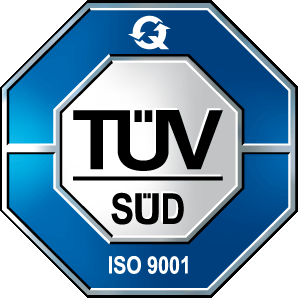Part 2: Project Manager vs. Product Owner
In the previous text, devoted to the interdependencies between project roles coming from “old” and “new” approaches to project management, I focused on the comparison of Project Manager (pl. project manager) and Scrum Master (pl. Scrum master; note: in the official translation of the Scrum GuideTM this term is not translated into Polish). At the same time, answering the basic question about the leading role in the project, I emphasized that I have always done so The client should be the leader in the projectfor which the project is carried out. In our considerations, it is important to identify the roles that represent the client’s interest.
At the development team level, certainly the representative of the client’s interests will be the Product Owner (pl. Product Owner). According to the Scrum GuideTM: The Product Owner is responsible for maximizing the value of the product and the work of the Development Team. (…) The Product Owner is a single person. (…) The Product Owner may represent the interests of a group of people. (…) For the Product Owner to be successful, the entire organization must respect his decisions. These decisions are reflected in the content and order of Product Backlog items (i.e. an ordered list of everything that is currently known regarding product development).
At the same time, it should be noted that according to the Scrum GuideTM development teams do not have single-person management. “Development Teams are established and empowered by the organization to independently organize and manage their own work. (…) No one can tell the Development Team how to transform Product Backlog items into Increments of potential release-ready functionality. (…) Scrum does not distinguish the names of the roles of Development Team members, regardless of the nature of the work they perform. (…) The entire Development Team is responsible for the work performed”
It may happen that, with appropriate competences, a person who is a Product Owner will also become a member of the Development Team. On the other hand, in more complex implementations, one Product Owner may represent the client’s interest towards several production teams. The process blueprint for larger numbers of Scrum Teams working together is called Nexus. According to Nexus GuideTM: Nexus works on a single Product Backlog. (…) The Product Backlog has a single Product Owner who has the final say on its content.
Let’s return to the role of the Project Manager as the “conductor of the orchestra”. Just as an orchestra conductor does not have to be able to play every instrument, the PM is not expected to play every role in the project, but he or she should have management knowledge, technical competence, understanding and experience. PMBOK Guide® The 6th edition further states: The project manager provides leadership, planning, and communication coordination to the project team. (…) The project manager is responsible for what the team delivers, i.e. for the project result.
We could therefore be tempted to say: high affinity between the roles of the Project Manager and the Product Owner. At the same time, many of us would immediately raise the objection that the Project Manager works for the client, but does not represent their interests. We should therefore emphasize once again that the role of a PM may vary depending on the organization. Nevertheless, in most situations, it would be unjustified to equate the role of a Project Manager with the role of a Product Owner. The PRINCE2 Agile® manual will provide helpful guidelines for establishing appropriate connections between them.
Please read the next entry!
Author of the article: Maciej Krupa
Previous part:









